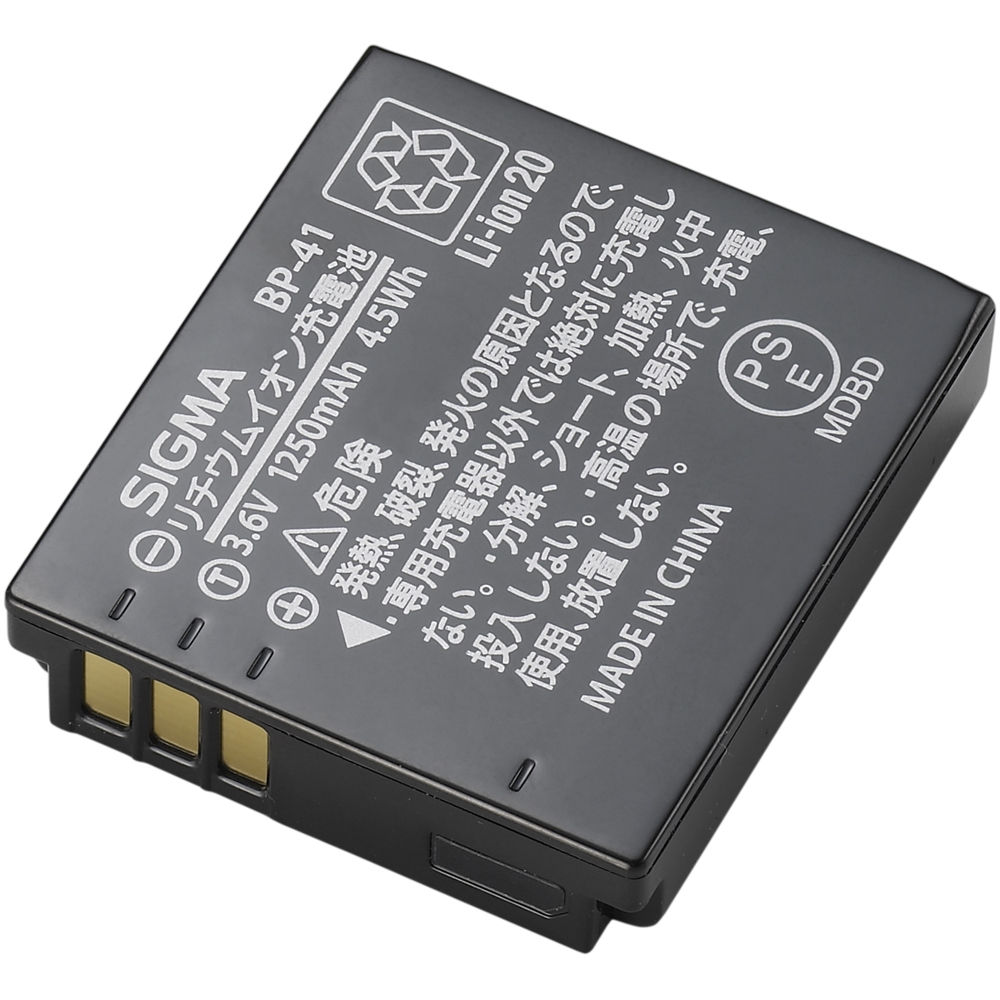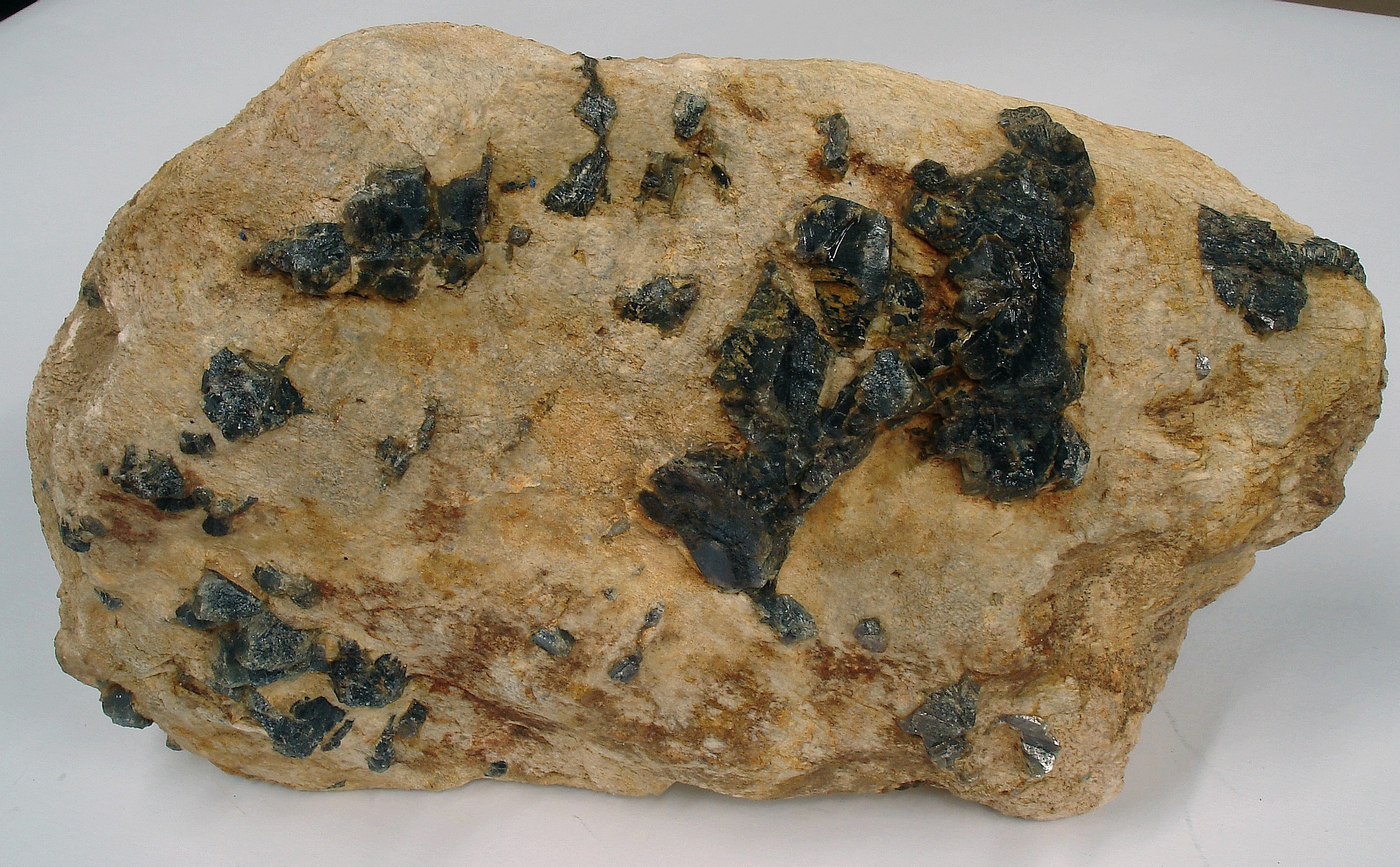

Lithium is an alkali metal, which is silvery-white in colour. It is very soft and reactive. It reacts in the presence of water and oxygen. It is the least reactive element among the alkali metals. Lithium metal is very light. A bar of Lithium can float on water. Lithium was discovered in 1817 by scientist Johan Arfvedson of Sweden. It has a low melting point and the highest heat capacity and is used as a coolant in nuclear reactors. Lithium is alloyed with aluminium and magnesium to make lightweight alloys. Further, it is used in lubricating grease, industrial dryers and air conditioners, glassmaking, medicines, and nuclear devices.
Nowadays, Lithium has become critical for the modern battery industry. Lithium-ion batteries have high demand due to the rise in laptops, computers, smartphones, and electric vehicles. The discovery of Lithium-ion battery in the 1970s has changed the concept of long-life batteries. Many countries have declared to phase out petrol-based and diesel-based vehicles with battery-based vehicles. With the use of battery-based vehicles, the authorities envision reducing carbon footprint by a significant margin. The use of electric vehicles is on the rise in many countries. Lithium has emerged as critical industry material.
Lithium occurs in limited deposits on the Earth. Lithium is found in silicates in pegmatite rocks. Lithium is also seen with phosphates. Brine deposits are also found to contain Lithium along with Potassium. Major minerals that contain Lithium are Lepidolite, Spodumene, Petalite, Amblygonite, Hectorite and Polythionite. The majority of Lithium consumption is happening in the production of Lithium-ion battery. Australia and Chile are major producers of Lithium. Other countries with Lithium deposits are Argentina, China, Mexico, Canada, the USA, Oman, Portugal, and Mozambique. Total global reserves of Lithium are around 14 million tonnes. The average annual production of Lithium is around 85000 tonnes. China is the primary producer of Lithium metal and Lithium-Ion batteries in the world. Other countries producing Lithium-Ion batteries are Japan and South Korea. India has started a project to build Lithium batteries for electric vehicles.
On a larger scale, the following is the list of companies that are involved in Lithium projects: Savannah Resources (UK), Piedmont Lithium Ltd. (USA), Galaxy Resources Ltd. (Australia), Youngy corporation Ltd. (China), Pilbara Minerals Ltd. (Australia), Lithium American Corporate (Canada), Livent Corporation (USA), Sichuan Yahua Industrial Group Ltd (China). Many smaller companies also started mining projects of Lithium minerals. Lithium production from brine wells provided a new source for this metal. Lithium is found as chloride with sodium and potassium in brine water. This water is concentrated and treated with soda ash. Then precipitation of Lithium Carbonate takes place. This carbonate precipitate is further treated, and carbon is separately converted into carbon dioxide. Then the lithium metal is extracted. Many brine wells used for the extraction of rock salts are now used to extract Lithium metal. Even seawater is seen as a new source for extraction of Lithium future.